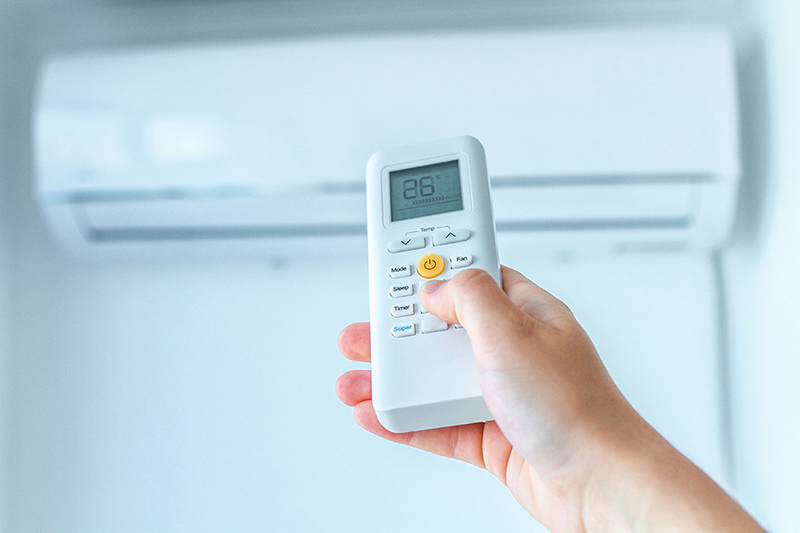
Talk about air-conditioning systems and you might feel like yawning straight away if you’re no enthusiast. After all, what’s there to learn about a bunch of wires and clanky components, even if you’re talking about reputable brands like a Mitsubishi Heavy aircon or a Mitsubishi Starmex 5 ticks model? It’s just hot air going out and cool air going in, right? Wrong. Understanding how an air conditioner works doesn’t have to be boring or difficult, and it can offer you plenty of helpful insight into how your unit functions. This can help your future purchase decisions or ascertain if you’re really getting the help you need when you engage a professional to fix or maintain your appliance. Here, we’ll have a look at how an air conditioner works, and what happens after you switch it on. Similar to Refrigerators Remember how your refrigerator can sometimes be your second choice of refuge from the heat? Simply open the fridge door, and voila - a cool rush of refreshing air comes gushing out like bliss. Air conditioners and refrigerators work in similar fashion, with the most prominent difference being that your fridge cools a small insulated compartment of space, while your air conditioner keeps an entire room at a cool and comfortable temperature. An air conditioner is a part of a central heating and cooling system that takes in heat energy from the external environment outside of your home to transfer via a sheet metal ductwork. It removes the warm air inside your home and replaces it with fresh cool air. The whole process is attained with a simple scientific basis and the rest by mechanical means. The Cooling Process You know that your air conditioner uses a chemical coolant called a refrigerant that converts from gas to liquid and back again fast. This chemical transfers the heat from the air inside your home to the air outside. An air conditioner is formed from 3 main parts: the compressor, condenser and evaporator. The compressor and condenser are usually situated in the outer unit. The inner unit contains the evaporator. When the cooling liquid comes to the compressor as a low-pressure gas, the compressor squeezes it, causing the molecules in the liquid to pack closer together. The closer the molecules are forced to squeeze together, the more the temperature and energy increase. The fluid leaves the compressor as a high-pressure, hot gas, and proceeds to the condenser. When it exits the condenser, it is cooler, and changes its form from a gas to a liquid due to the pressure. The fluid then continues on to the evaporator via a tiny hole and its pressure then drops when it reaches the other side of the passage. When this takes place, the fluid converts back to a gaseous state. At the same time, heat is removed from the surrounding air, which is needed to separate the liquid molecules into a gas. The evaporator’s metal fins aid in exchanging thermal energy with the surrounding air. When the refrigerant exits the evaporator, it becomes a cool, low-pressure gas again. The process restarts when it returns to the compressor. A fan connected to the evaporator circulates air around the inner-side of the property and across the evaporator’s fins. The air conditioner takes in air through the vents into the ducts to cool the gas in the evaporator. The ducts return the air back into the room. This entire process continues until your home reaches the desired temperature!